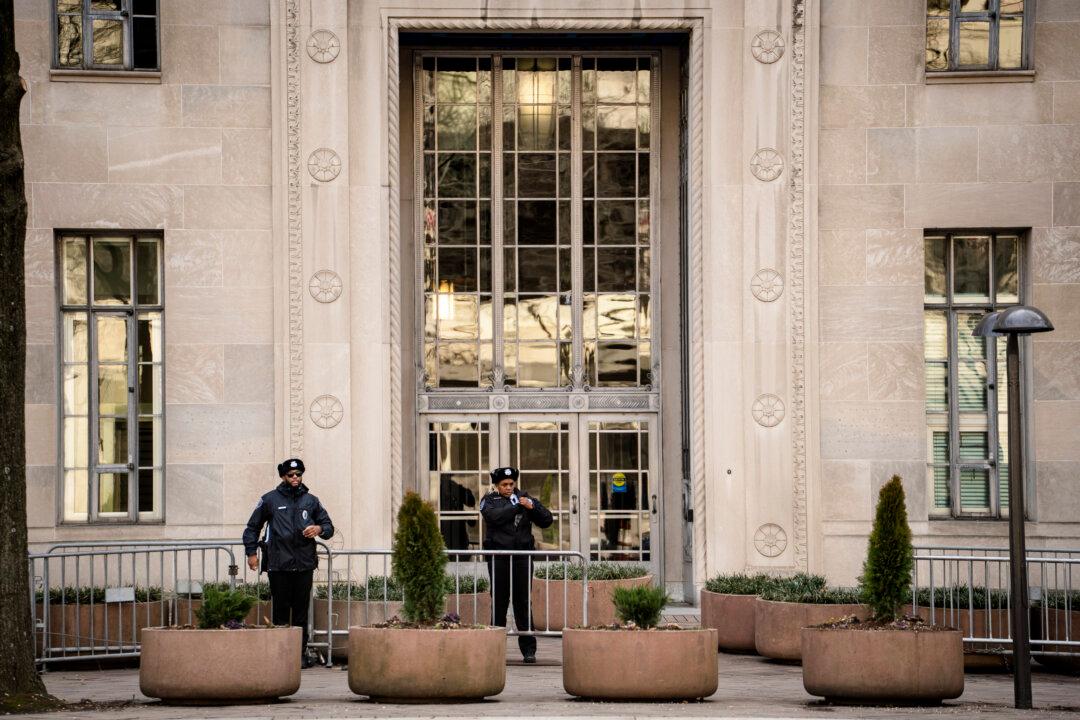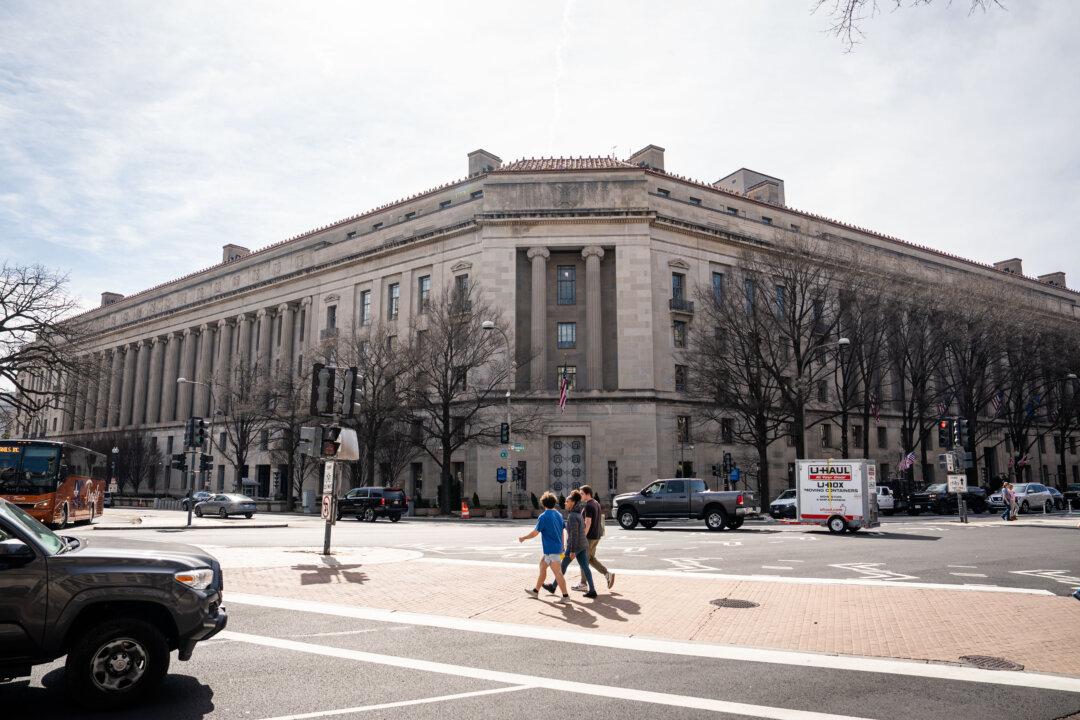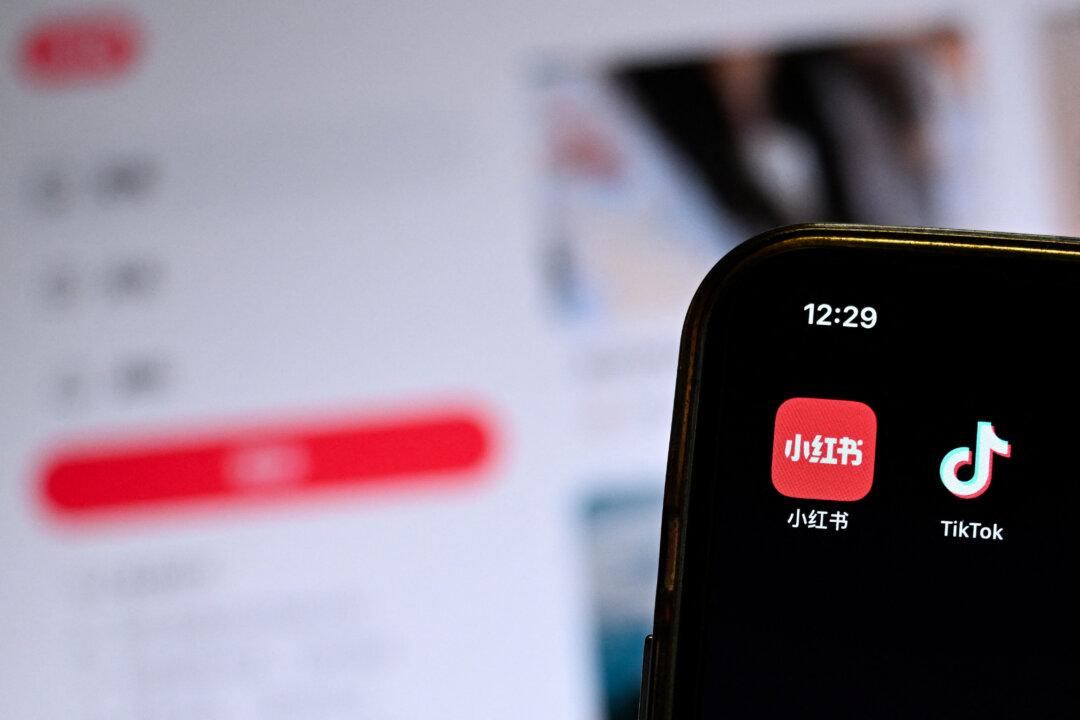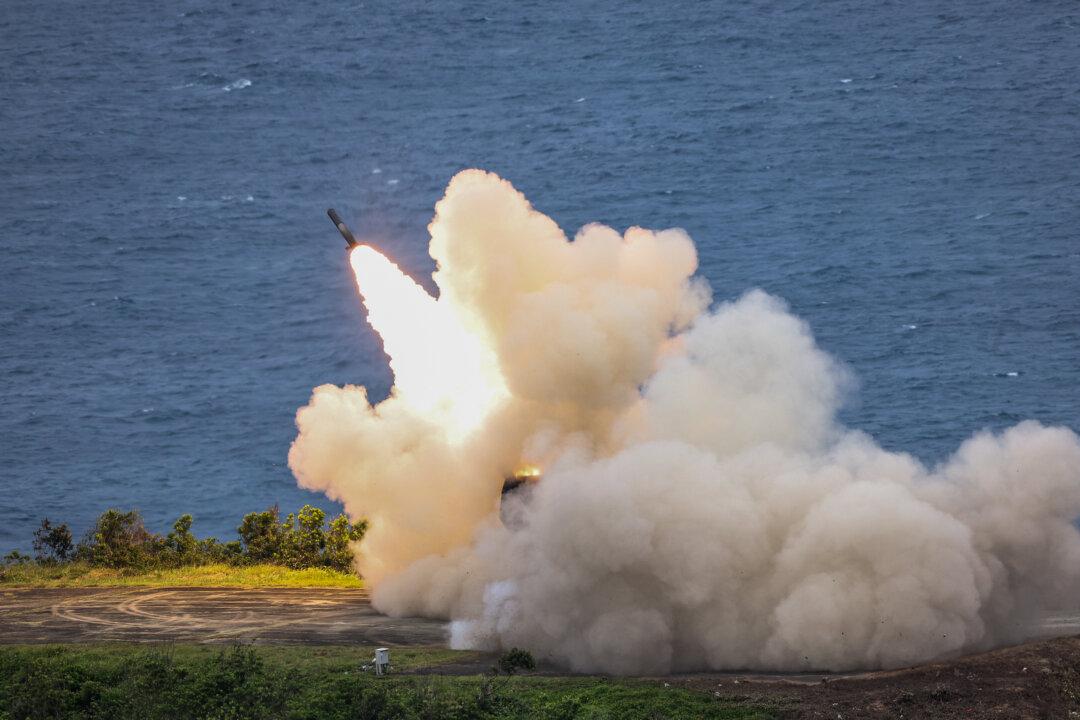Chinese telecom giant Huawei is now leaning heavily on Korean and Taiwanese tech suppliers, after being banned by the U.S. government from buying U.S.-made goods.
An unidentified Huawei executive recently visited its three South Korean suppliers—Samsung Electronics, SK Hynix, and LG Display—to make sure the three companies wouldn’t halt shipments, according to South Korean national broadcaster KBS, in a May 28 report that cited unnamed industry sources.





